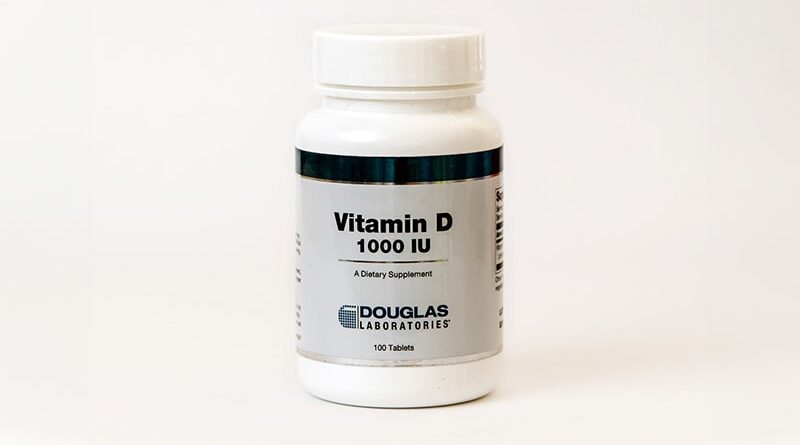Vitamin D During Pregnancy Results in Stronger Bones for Children
TOP LINE:
Gestational supplementation of 1000 IU/d cholecalciferol (vitamin D3) from prenatal to delivery increases bone mineral density, bone mineral density (BMD), and bone density in 6-year-old children. 7.
WORK:
- The double-blind, placebo-controlled MAVIDOS trial of vitamin D supplementation during pregnancy showed an increase in BMD at 4 years of age (but no difference at birth), and it is not clear how the effect may persist or change over time.
- In the first trial, researchers involved 1134 singleton pregnancies from three UK hospitals from 2008 to 2014, and 723 babies born to mothers recruited in Southampton. they are invited to continue following the children.
- Mothers were assigned to receive 1000-IU/d vitamin D or placebo from 14-17 weeks of gestation until delivery; women in the placebo arm could take up to 400-IU/d vitamin D.
- In this post hoc study, among 454 children who were followed at 6-7 years of age, 447 had a usable whole-body and lumbar spine dual-energy x-ray absorptiometry scan. (placebo group: n = 216; 48% boys; 98 % White mothers and vitamin D group: n = 231% boys; 96%;
- Child follow-up measures at birth and 4 and 6-7 years were bone mass, bone mineral density, BMD, and apparent bone density, derived from a dual-energy x-ray absorptiometry scan of whole body less head (WBLH), plus fat and lean mass.
TAKE AWAY:
- The effect of prenatal vitamin D supplementation on bone outcomes in children was similar at 4 and 6-7 years.
- At 6–7 years of age, prenatal vitamin D supplementation resulted in higher WBLH (0.15 SD; 95% CI, 0.04–0.26) and BMD (0.18 SD; 95% CI, 0.06– 0.31) than placebo.
- The WBLH bone mineral apparent density (0.18 SD; 95% CI, 0.04-0.32) was also higher in the vitamin D group.
- Weight gain was greater in the vitamin D group (0.09 SD; 95% CI, 0.00-0.17) than in the placebo group.
USE:
“These findings suggest that prenatal vitamin D supplementation may be an important population health strategy to improve bone health,” the authors wrote.
SOURCE:
The study was led by Rebecca J. Moon, PhD, MRC Lifecourse Epidemiology Centre, University of Southampton, Southampton General Hospital, Southampton, England. Published online by The American Journal of Clinical Nutrition.
ACTIONS:
Only people with baseline vitamin D levels of 25-100 nmol/L were eligible, except for those with severe deficiency who may benefit most from supplementation. The majority of participants were White and educated, often overweight, which may have limited generalizability to other populations. Only 47% of the first group participated in the follow-up. Differences in maternal age, smoking status, and education between participants who remained in the study and those who did not may have introduced bias and generalization.
DISCLOSURE:
The study was supported by Versus Arthritis UK, the Medical Research Council, the Bupa Foundation, and the National Institute for Health and Care Research, the Southampton Biomedical Research Institute, and other sources. Some authors have disclosed that they receive travel, speaker or teaching fees, honoraria, research funds, or individual or consulting fees from the Alliance for Better Bone Health and various pharmaceutical, biotechnology, medical devices, health care, and food and nutrition companies without outsourced work.
This article was created using several editorial tools, including AI, as part of the process. Human editors have reviewed this content before publication.
#Vitamin #Pregnancy #Results #Stronger #Bones #Children
